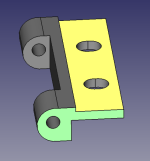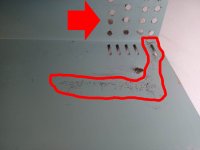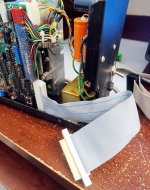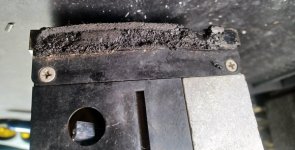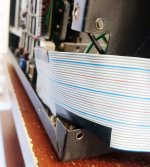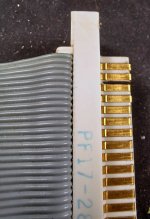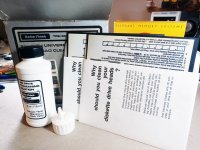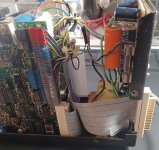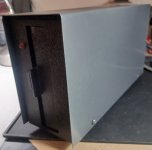syzygy
Experienced Member
It is finally time to do something with the TRS-80 “stuff”. The goal is to get one system working with the expansion interface and two drives. A bonus would be a second system with just a tape cassette. So, I am trying to resurrect four 5.25” floppies. I know that two of these (Shugart, SA400) worked back in the day, but I am just not sure about the other two (MPI, B51 and Tandon, TM100-1).
Here has been my approach. Comments and pointers are very welcome.
I found manuals for the drives and read a good portion of them. Read relevant threads on this board and elsewhere.
Opened each drive up (last used 30+ years ago, by me, or whoever gave one to me) and…
First looked them over very carefully to spot obvious problems like cracked power cords.
Used plenty of canned air, “duster”, but not too close to any components. Open surface areas cleaned with a little Windex on a cloth.
Used plenty of non-residue electronic cleaner on all of the connectors – pulling apart and spraying both ends. Used Isopropyl alcohol on them and also Deoxit-gold.
Used isopropyl alcohol on the head…gently.
Took a picture of the terminating resistors (or socket) and the shunts.
Example here is of the TM100. Note that the 150 ohm resistor pack is only 14 pin and is in a 16 pin socket. Didn’t have a 150, but did have a 330, so I used that and made a note. Also, it looks like a staple was used in the shunt socket – hey back in the day, you used what you had
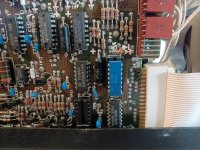
Noted Mouser numbers for 14/16 pin replacements [ 652-4114R-1LF-150 / 652-4116R-1LF-150 ] and suitable dip shunts [I think 571-18251907 will work] in case I want to get “proper”.
After a smoke test, I used a little break-out rig where I could get access to some drive signals.
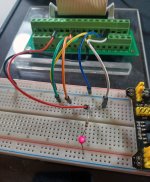
I was successful in turning the motor on and checked timing using the strobe disk.
Moved the stepper (and direction signal) and noted that the Track 0 signal worked. Probably not a good idea to be bouncing the stepper around, but it seemed acceptable for a quick test.
Checked that the sector index signal worked (more or less – i.e., it flashed an LED).
So far, all four have passed!
Until I get my Greaseweazle, this is all I can think of to do, but I am cautiously optimistic that these drives may actually have some life in them.
Here has been my approach. Comments and pointers are very welcome.
I found manuals for the drives and read a good portion of them. Read relevant threads on this board and elsewhere.
Opened each drive up (last used 30+ years ago, by me, or whoever gave one to me) and…
First looked them over very carefully to spot obvious problems like cracked power cords.
Used plenty of canned air, “duster”, but not too close to any components. Open surface areas cleaned with a little Windex on a cloth.
Used plenty of non-residue electronic cleaner on all of the connectors – pulling apart and spraying both ends. Used Isopropyl alcohol on them and also Deoxit-gold.
Used isopropyl alcohol on the head…gently.
Took a picture of the terminating resistors (or socket) and the shunts.
Example here is of the TM100. Note that the 150 ohm resistor pack is only 14 pin and is in a 16 pin socket. Didn’t have a 150, but did have a 330, so I used that and made a note. Also, it looks like a staple was used in the shunt socket – hey back in the day, you used what you had

Noted Mouser numbers for 14/16 pin replacements [ 652-4114R-1LF-150 / 652-4116R-1LF-150 ] and suitable dip shunts [I think 571-18251907 will work] in case I want to get “proper”.
After a smoke test, I used a little break-out rig where I could get access to some drive signals.

I was successful in turning the motor on and checked timing using the strobe disk.
Moved the stepper (and direction signal) and noted that the Track 0 signal worked. Probably not a good idea to be bouncing the stepper around, but it seemed acceptable for a quick test.
Checked that the sector index signal worked (more or less – i.e., it flashed an LED).
So far, all four have passed!
Until I get my Greaseweazle, this is all I can think of to do, but I am cautiously optimistic that these drives may actually have some life in them.

